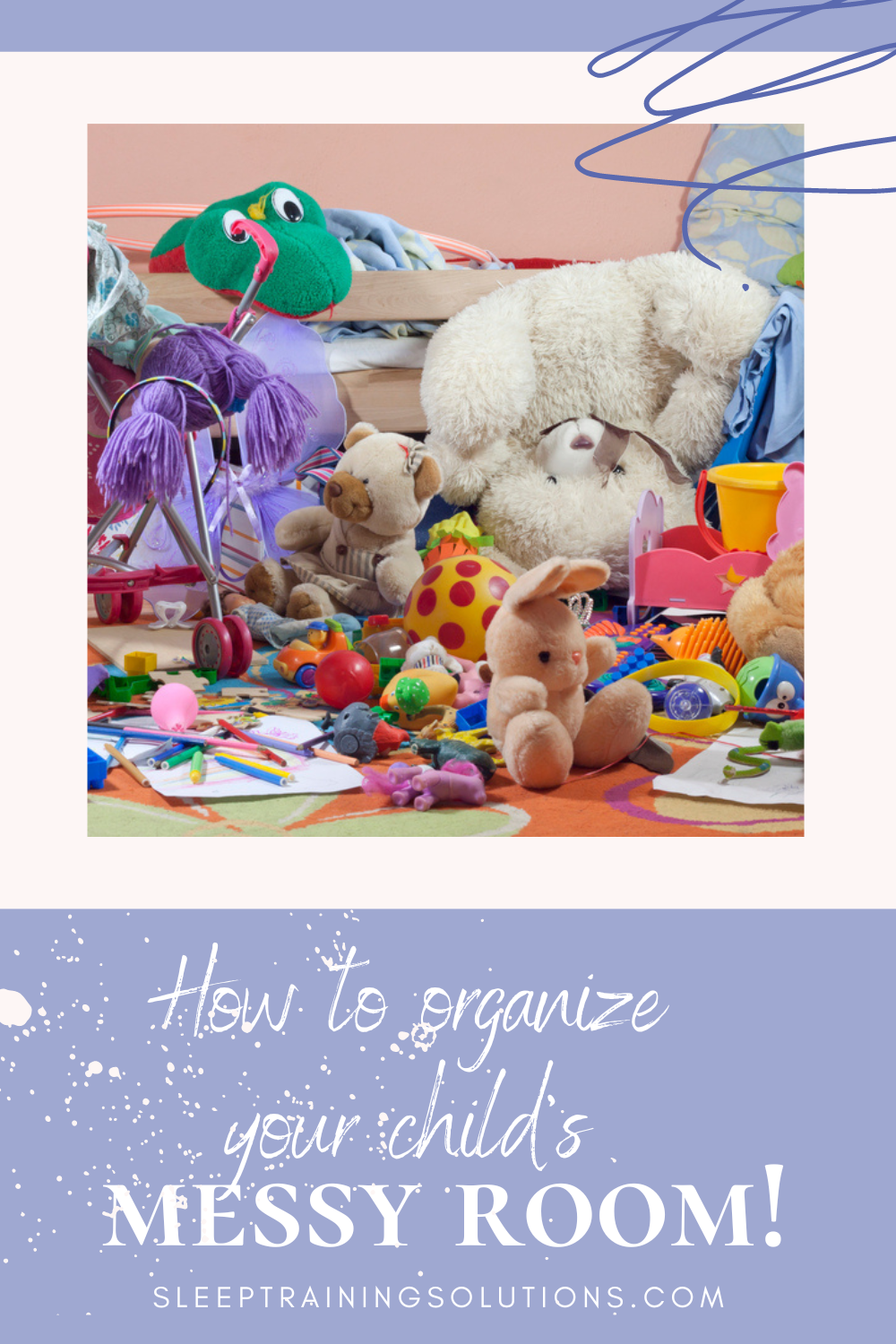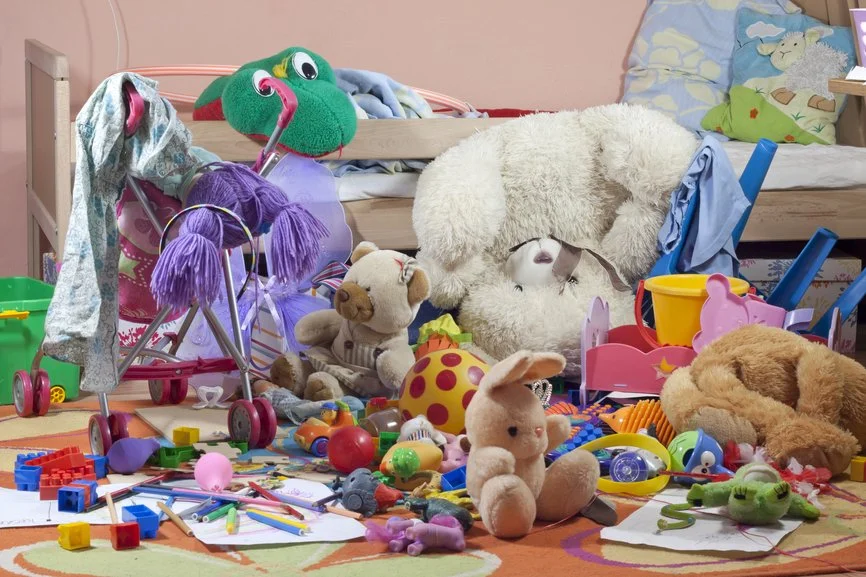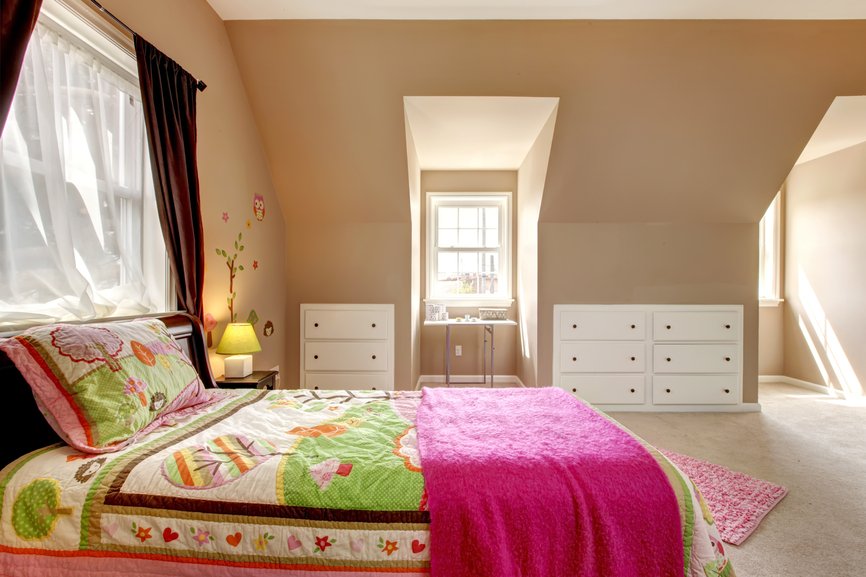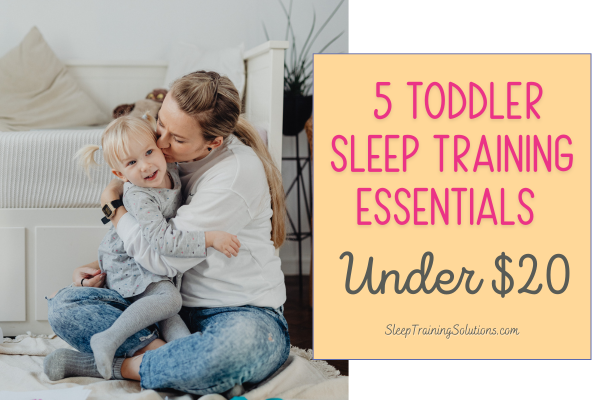How to organize your child’s messy room!
The toys have taken over my daughter’s room …
The room isn’t functioning properly for my child’s needs…
There are LEGOS everywhere…
I find dirty clothes in the strangest places…
My child doesn’t like hanging out in her room because it’s so disorganized…
It’s always just A MESS!
Sound familiar?
Maybe you have that icky feeling of knowing you should tackle the bedroom…but it’s so much easier to put off for another day!
But – like in most situations – waiting won’t magically make the problem disappear. It’ll just make it worse!
So if your child’s room looks like this…
And you’ve got dreams of this…
I’ve got a checklist for you!
Let’s tame the beast so that your child will feel more comfortable in his/her room and you’ll shed that stress and anxiety you have thinking about the mess in there (just in time for the holidays and your house guests)!
# 1. SORT. PURGE. DONATE.
When I get in the zone of organizing, my family knows they need to watch out! I have to be in the right mindset and have a few hours to dedicate to the process – this is not something you do in 15 minute chunks of time – but it’s so worth it!
I’m a huge HGTV fan and always think of that show where they choose a large messy room in a family house, put huge plastic tarps in the driveway labelled Save, Donate and Throw Out (or maybe that last one was just a dumpster) and only ended up keeping about 1/3 of what the room originally held. That’s what you want to shoot for the first time you tackle an organizing project like this – make sure there’s something in the Donate and Throw Out piles.
So make these piles:
donate (or sell)
throw away
keep
belongs somewhere else in the house (do you store your vacuum in your child’s closet?)
Be ruthless.
This won’t work if you’re going down memory lane with every outgrown outfit!
Don’t get me wrong, I’m all for keeping sentimental items. I have 2 bins in my attic of favorite baby books and toys I intend to share with my grandchildren one day – “Your daddy played with this when he was a baby!” – and clothes that are classic and make my heart happy remembering that era when one of my kids was able to fit in them. These cute things will likely make an appearance at their high school graduation parties…
But notice I don’t store them in my boys’ rooms. These are things I’ll want in 20+ years, so they belong in pile #4.
Other things that don’t belong in your child’s room: anything on the top shelf of the closet that you stored there before it was a nursery (electronic boxes, photo albums, files), medicines (these should be in a different part of the house on a top shelf for safety reasons), out of season clothes (unless there isn’t any other place to store them), any of YOUR stuff (are you running out of shelf space in your bookshelf and have decided to pilfer some of hers?)
Things you should keep: clothes that fit, toys they play with (not played with every day 6 months ago – play with NOW!), books that are age appropriate.
Things you should donate or sell: outgrown clothes (unless, of course you’re saving them for the next baby!), toys they no longer play with, books they’ve never read once, curtains, bedding or other home decor items you’ll never use (or use again)
Things you need to throw away: any toys or games with missing or broken pieces, clothes with stains that haven’t come out despite your best stain removing efforts, loose papers/artwork (I’ve started taking photos of my kids’ art pieces and make a photo book online every few years, and the pieces that are the “wow” ones, I’ll frame and hang on the walls!).
# 2. Find a home for everything
When you have your pile of stuff that will stay in the bedroom, make sure you make it easy for your child to find AND put away.
I love plastic bins for toys. You can label them with words and a photo for the younger ones and start teaching them that they play with one thing at a time. “If you’re done with the Magnatiles, put them back in their box before you get the Bristle blocks out.” That way they won’t have every toy out at once and it’ll be much more manageable to clean things up with one toy out than ALL of them at the same time!
For books, a crate or book bin works really well for older toddlers and preschoolers. They can flip through books like a file system and when they’re done, it’s much easier to put the book in the front than try to wedge in back into a bookcase.
For games and toys that have a lot of pieces, under bed storage bins are a great option. Or if you’re tight on closet space, a great place for shoes.
Here are some great options to corral the LEGOS. For the kid who like to free play with legos, this mat is GENIUS!
And once you’ve figured out how to contain everything, find a place for those containers: cube shelves, closet, under bed…
# 3. Make sure the room functions well
Once things are put away, look around and see if the room makes sense.
Do you still have the glider you used for night nursing sessions…and your child is 8 years old now? Donate it!
Is your child stacking 15 pillows in a corner for a reading nook? Ask whether she’d like a bean bag chair or reading light on her bed. Bonus tip: if your child has a ridiculous number of stuffed animals that neither of you can bear to part with, consider stuffing them into a bean bag chair - you corral them into a hidden place, get rid of all those pillows and still how a soft place to sit and read!
Does your 4th grader still have that flat bookcase that’s meant for board books and doesn’t fit his thick Harry Potter books? Time for a regulation bookcase.
Do you still have the Diaper Genie in the corner…and your child’s potty trained? Get rid of it!
Make sure that everything in the room will be used by your child.
While you’re at, make sure to maximize functionality by creating distinct areas for sleeping, reading, playing and doing school work. Is there a reading light by the bed or will there be another place to read in the room? Are toys spread out all over or in one “play” corner? If your child is at the homework age, is the desk equipped with the supplies he/she will need on a daily basis (pencils, erasers, pens, ruler, tape, scissors, highlighter, etc)?
# 4. Make sure there’s a garbage bin within easy reach
When my son was just out of the crib, sleeping in his big boy bed, I never thought to put a garbage can in his room.
Until I was vacuuming one day and almost sucked up 23 tissues from under his bed?! Well, at least he wasn’t using the sleeve of his pajamas to wipe his nose…
Point is, if your child is ready for a big bed (sometime after 3 years of age), he’s ready to have a garbage can to throw out his own tissues!
And put it where it makes the most sense. My son still uses it for tissues in the middle of the night, so it’s next to his bed. If your child is doing homework and needs it more next to the desk, put it there (might be a good idea to have a recycle bin there too).
Remember – especially with boys! – if you don’t make it easy to throw stuff out, it’ll just land anywhere…
#5 Get a system for dirty clothes
Do you have a dirty clothes bin that you’re expecting your child to use…but it’s wedged in the back corner of the closet? Move it front and center, close to where your child will be getting changed each day.
There are plenty of “fun” laundry bin options: one for the soccer-lover, one with a panda dabbing, one with musical notes, and even ones that are pretty enough to be left out in plain sight in your room!
Do you have a laundry shoot in the hallway or a laundry room on the same level as the bedrooms…and you expect your child to bring dirty clothes to that place? Make your expectations known and show him/her exactly where they go!
Related Posts:
This post is for informational purposes only and may not be the best fit for you, your child and/or your personal situation. It shall not be construed as medical advice. The information and education provided here is not intended or implied to supplement or replace professional medical treatment, advice, and/or diagnosis. Always check with your child’s physician or medical professional before trying or implementing any information read here.







